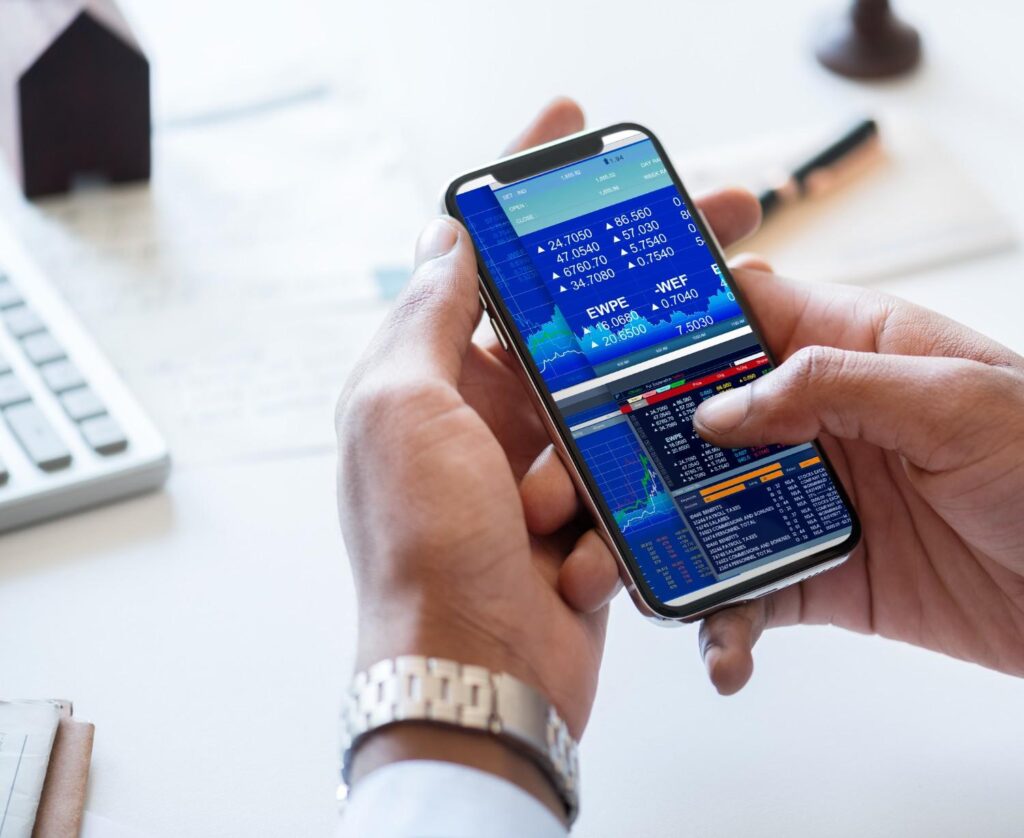In the financial markets of today, investing and trading have become more seamless with the advent of digital platforms. No longer are buying and selling shares dependent on certificates or long-winding processes. Rather, it is now a question of these two: a trading account and a demat account. To better understand how the trade moves from placing the order to the final settlement would help an investor boldly traverse the market terrain.
Starting Point: Open Accounts
Two accounts are vital for an investor before participating in the stock market:
Trading Account: Used to place buy and sell orders for securities, it links the stock exchange to the investor.
Demat Account: Stands for dematerialized account; holds shares or other forms of securities electronically. An investor cannot hold shares today without a demat account.
Placing the Order
After activated trading account is linked with the demat account; the account shall be used by the investor to start trading. Here is what happens after an order is placed:
Buy Order: When an investor places a buy order through the trading account, the broker forwards that order to the stock exchange, and they match it with a corresponding sell order from another investor. If an actual match is found, a transaction occurs.
Sell Order: Similarly, when an investor places a sell order, the broker routes that order to the exchange. If a buy price matches, immediately the trade is executed.
Trade Confirmation
Confirmation of the trade is routed from the stock exchange to the broker, who now updates the trading account of the investor. These include:
- The number of shares that were traded
- The price at which the trade was executed
- The date of settlement
The instant an investor sees the update in their trading account, the settlement process does not happen immediately, as that takes a short time to complete.
Settlement Cycle
Indian stock markets mostly have a T+1 settlement cycle, the “T” here standing for trade date. Thus, when an investor trades today, the settlement finally occurs the next working day. It entails two major flows:
Funds Settlements :
– For buy transaction, amount will be debited from the investor-linked bank account.
– For a sell transaction, the proceeds are credited to the bank account with the deductions of applicable charges made.
Securities Settle:
– For buy transactions, the shares bought go into the demat account of the buyer.
– For sell, shares are debited from the owner’s demat account transferring them to the buyer.
Digitalization of the above transfer ensures that the ownership of the securities is kept digitally instead of having to deal with the risks inherent in holding physical share certificates.
Role of the Demat Account in Settlement
It is at this point in a trade when the demat account comes into action: it is the final destination of securities after a completed trade. Consider it to be like a digital locker for an investor where all his investments—shares, bonds, exchange-traded funds, and mutual fund units—are stored.
The Need for Linking Trading and Demat Accounts
When linked, these accounts ensure that transactions execute with no delays or inconsistency. A trading account, on its own, cannot hold securities, while a demat account cannot place market orders. Together, they complete the process of trading and investing.
For instance, when an investor wants to buy shares, the trading account initiates the order, and the demat account receives the shares upon settlement. Conversely, when an investor sells shares, it is executed on the trading account, and the demat account releases the securities to be received.
Steps for Opening a Demat Account
Opening a demat account is becoming so easy these days. This whole process is generally as follows:
Application: Submission of application form designed by a depository participant (DP) or financial institution.
KYC Compliance: Attach identity proof, address proof PAN card, and bank details.
Verification: Complete verification of in-person or online mode.
Activation: After the verification process of documents, the demat account gets activated, and linking with the trading account can be done through it.
Completing this step, an investor is ready to participate in the stock market.
Tracking Holdings and Transactions
After trade settlement is done, investors track easily through the demat account statement. This statement gives some information to the investor, including:
– Number of securities in hand;
– Date of purchase or credit;
– Securities ISIN (International Securities Identification Number);
– Current status of holdings.
This way, the investor has seen everything and can monitor his/her portfolio effectively and manage it.
Conclusion
The lifecycle of a trade is all the way from a trading account order to a settlement in a demat account. This well shows how efficient the digital market structures are nowadays. Trading accounts allow actual investors to connect with stock exchanges while ensuring the safe and electronic holding of securities by using a demat account.
- Demat & Trading Accounts: Step-by-Step Process
- Learn how trading and demat accounts work together in India’s stock market, from placing orders to settlement, ensuring safe and seamless digital investments.
- Trading Account, Demat Account
Related posts:
No related posts.





